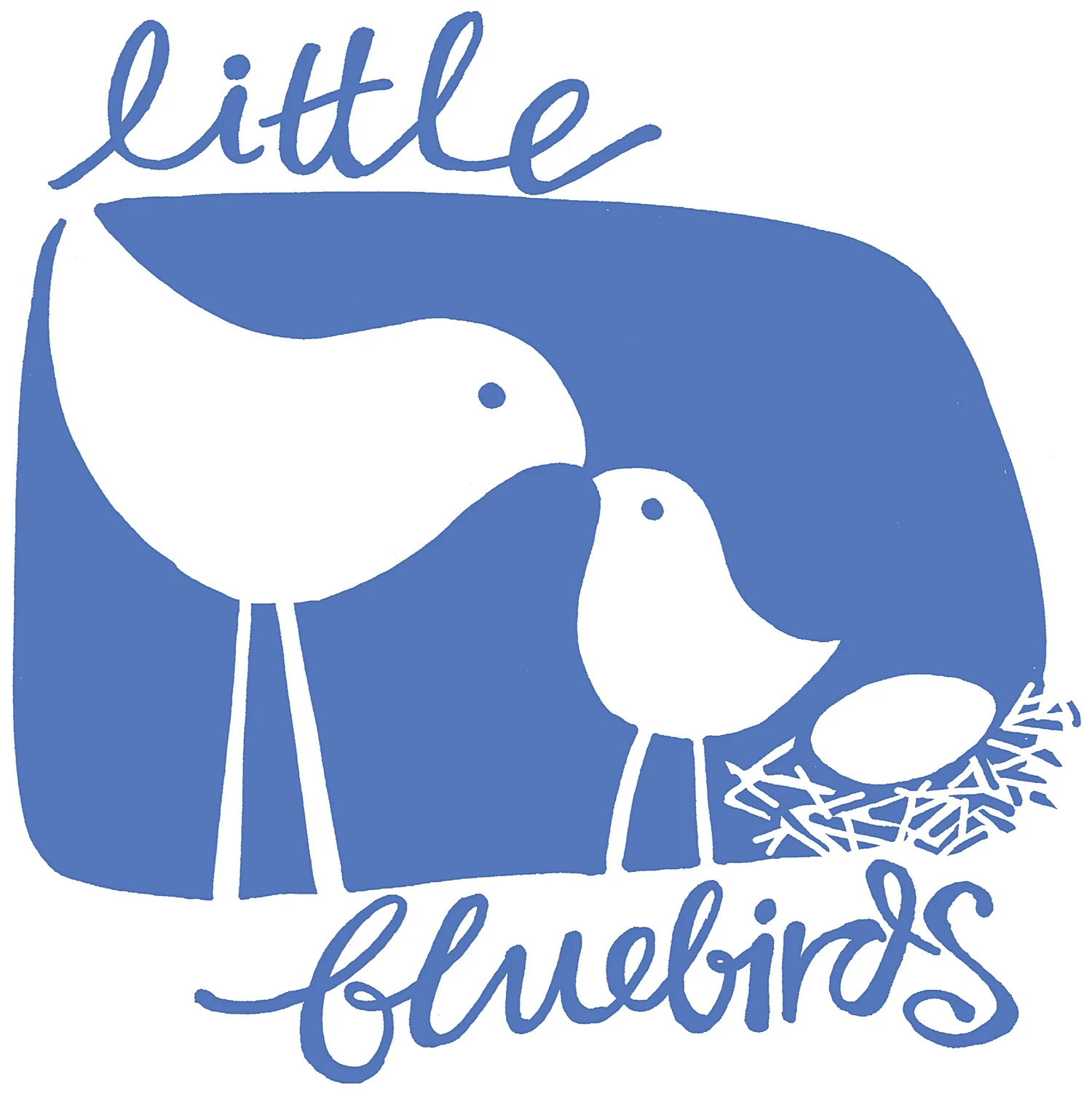Heavy work
Have you heard of “heavy work”? This term is floating around more these days, but it may or may not have popped up in your world yet. I first heard about heavy work when I read the book “Balanced and Barefoot” by Angela J. Hanscom. Angela is a Paediatric Occupational Therapist and founder of TimberNook and her book is an excellent resource on the ‘why’s and ‘how’s of Nature and Child development. She describes heavy work as activities that strengthen proprioception via offering resistance to the body through pushing, pulling and carrying or manipulating heavy objects.
Why is it so good for children?
Proprioception is the awareness of where your body’s position is in space. Closing your eyes and touching your nose with your finger will challenge your proprioception! Children needs lots and lots of exposure to physical experiences to build their proprioception skills. Playing outdoors in Nature can provide some really rich opportunities to build these skills and heavy work is one way to do this. They will develop balance, muscle strength and co-ordination.
What are some heavy work activities?
Picking up big rocks,
Pouring water from a heavy container,
Dragging a heavy branch,
Building a cubby house out of big sticks,
Digging a big hole with a stick or a spade
Pushing hard on a spade to dig a hole,
Pulling a rope or a branch.
Rolling themselves on the ground or wrestling with another person.
Pushing and pulling
Tipping a heavy bucketful of water over
Moving a pile of logs
How can I get my child/ren to engage with heavy work?
Children may naturally be drawn to heavy work as it can help them feel strong and it can also help them let off some steam and calm down if they are being challenged by some big feelings.
If your child avoids heavy work because it is too hard for them, find ways to create the space for more gentle heavy work and they can build up to harder/heavier work over time.
Outdoor play provides many natural forms of heavy work. Doing gardening chores can be great and you might, over time, develop a great little helper!
Some children have a greater need for physically intense work. These are the kids that can pull harder than is necessary, or could squeeze their siblings or need to run fast or bash into things! These kids can do very well outside as their natural desires can be met in more positive ways. Give them the biggest spade or the hardest job!
As always, you may need to build patience as your little one builds their skill. Keep breathing and remember that you can also benefit from some heavy work. It’s still good for an adult brain/body and may help you also feel calm and strong!
Where will I start for my family?
Buy a long rope or a 20L water container, a big bucket or a big spade and have some fun with your child/ren in your own backyard
Take a picnic to a State Park or local greenspace and build a cubby out of sticks.
Heavy work sounds like it could be dangerous, how can I keep my child/ren safe?
Start with softer things or smaller things and create space for the development of their skills over time.
Take a deep breath and aim to create a play space that doesn’t have you hovering and interrupting! This can be really tricky if you’re not used to it, so focus on building your own skills too.
Work together so you’re focusing on the task, not your child. Build a cubby together and try and allow your child/ren to take as much of the weight of a container or log as they are able.
You could ask them if they’d like to help with some heavy work! Many kids seem to like being tough and carrying something heavy. Make a few grunting noises to indicate how hard you’re working too!! Build words such as “push” and “pull” and put real effort in yourself!
If something is too heavy or too hard for your child, allow them time and space to try again and only step in and help them if your help is really necessary.
Hang some containers from a long rope, tied between two trees, and fill them with water. The weight of the water-filled containers will be supported by the rope, but will require muscle to tip the water out.
Best of all, have some fun! You might end up with bigger muscles too :)








